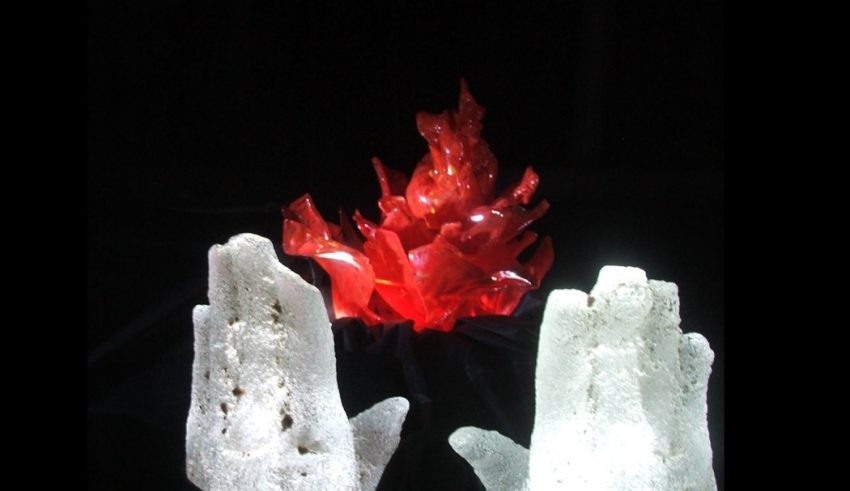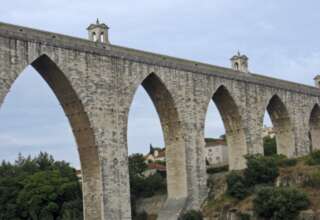
Similarly, an organization that is founded on a multi-tiered mission had greater reliance—and is much harder to understand, predict or control. While the mission statement itself might be simple and direct, there will be components derived from the mission statement that speaks to multiple possibilities for product and/or service lines. It is important to realize that an agile, adaptive organization will be complex—not just complicated (Miller and Page, 2007). As I previously noted, a complicated system (organization) has many parts, but each of these parts operates pretty much in an independent manner. This is the one-tiered fire with multiple logs but no layers. This is the tree farm with many trees, but all of the same species, or this is the farm that grows only one grain.
Conversely, a complex system (organization) is one in which the parts are interconnected. This is the multi-tiered fire, the unmanaged, diverse forest and the multi-crop farm. Parts in a complicated organization are often interchangeable, while those in a complex system are not easily replaceable and not easily understood or controlled. These complex systems elude our predictions because of their interconnection with one another and because of the unique, complementary role played by each in the ongoing life and success of the system (organization). Stated in slightly different terms, a complex organization is agile. It can bend like the branches on a complex tree (such as an oak or maple tree), while a less complex tree (such as bamboo or a palm tree) is ultimately less agile and more vulnerable. A palm tree or bamboo shoot is designed to successfully address one type of environmental challenge – heavy tropical winds. An Oak or Maple Tree, on the other hand, can address the many types of environmental challenges to be found in more temperate zones—major changes in weather, droughts, a diverse set of invasive pests.
While one might think that a complex organization is much harder to lead than a simple or even complicated organization, this is not the case. It is true that complex organizations, like multi-tiered fires, are difficult to tend and hard to change—but this is actually one of the strengths of this type of organization. It’s resistance to change is closely aligned with its resilience in the face of challenging outside forces. Like the change in temperature that a tree faces with the change in seasons, so a change in directives attending a change in leadership is often just as easily resisted in a complex organization. There might be some accommodation to the new leadership, but more likely there will be assimilation of the new leader. [example of my work with federal prison system).








